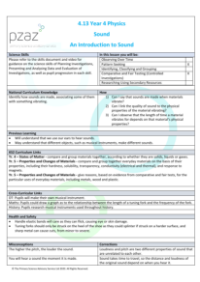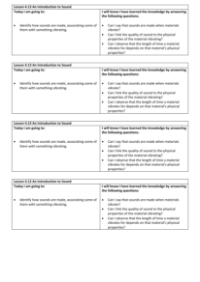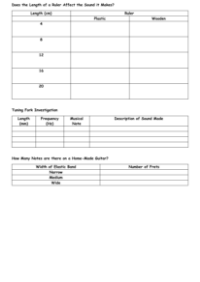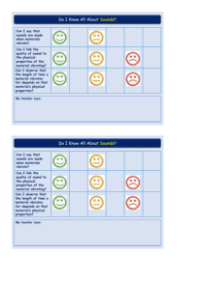An Introduction to Sound - Presentation
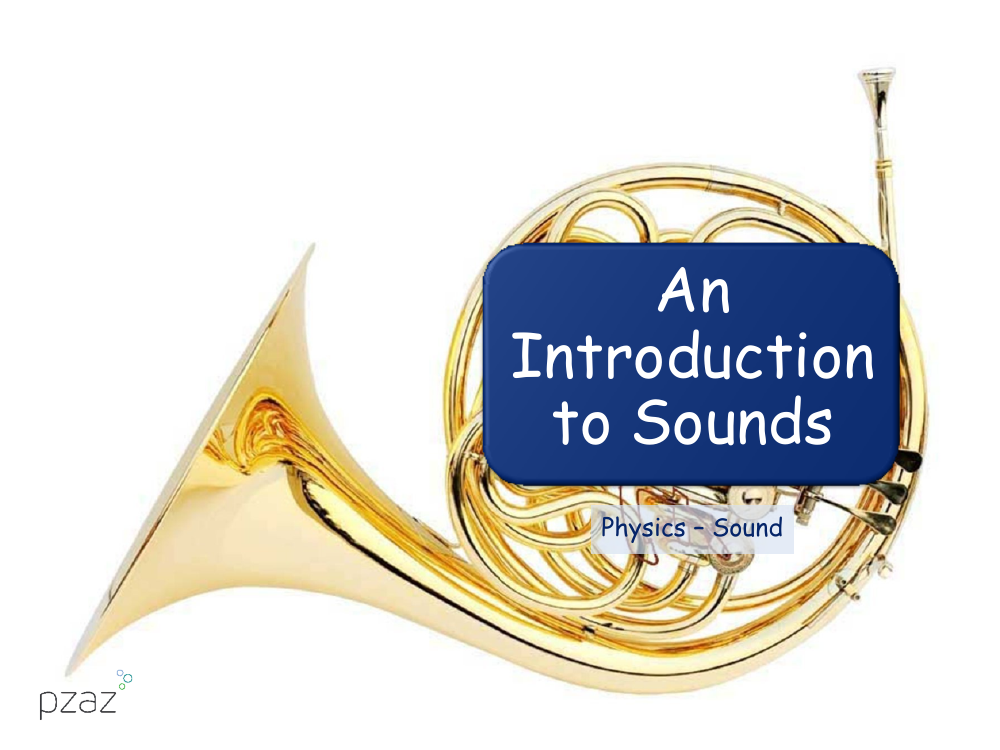
Science Resource Description
An engaging presentation on the physics of sound introduces students to the fundamental concept that sounds are produced by vibrations. Through a series of questions and activities, students explore how the vibration of materials is the starting point for all sounds. They learn that when an object is struck, its particles move side to side in a motion known as vibration, which then creates sound. The frequency of this vibration determines the pitch of the sound; higher frequencies result in squeakier sounds, while lower frequencies produce deeper tones. The presentation prompts students to consider the physical properties of the vibrating material, such as its length and thickness, and how these factors influence the sound's quality and duration.
Practical activities like 'Twanging' a ruler and experimenting with elastic bands help students observe these principles in action. By twanging a ruler overhanging a table's edge, they notice that shorter lengths of the ruler produce higher-pitched, squeakier sounds due to faster vibrations. Similarly, by adjusting the length of an elastic band with pencils, they find that a shorter band vibrates more quickly, creating a higher pitch. These hands-on experiments reinforce the relationship between the physical properties of materials and the sounds they produce, allowing students to draw conclusions about the pitch and duration of sounds based on material length. By the end of the presentation, students are equipped to articulate how materials vibrate to create sounds and understand the connection between a material's physical characteristics and the sound it generates.


